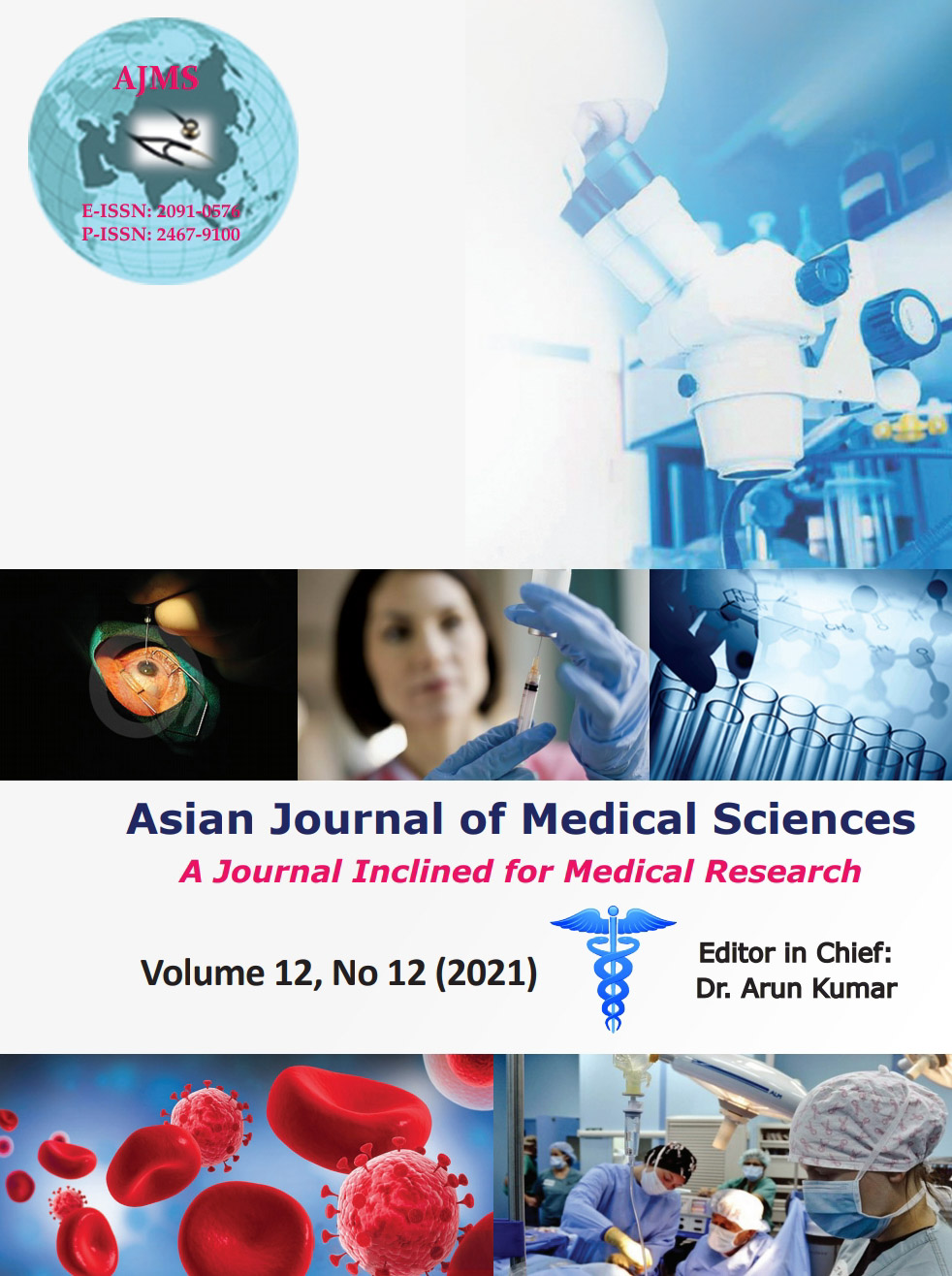Trends of variation of the laboratory parameters during the course of COVID-19 Illness
Keywords:
COVID-19, Laboratory parameters, ComparisonAbstract
Background: The coronavirus pandemic which had its origin in the Wuhan China has been spreading across the globe with far reaching complications and a variable clinical course. A variation of the laboratory parameters during the disease course remains a constant parameter to monitor the disease course and progression. Since the laboratory parameters are standardized globally, these may also act as uniform guidelines for the patients monitoring and treatment.
Aims and Objectives: The aim of the study was to serial charting of the laboratory parameters in the recovered and expired patients of COVID-19 and to determine an associated prognostic significance.
Materials and Methods: A retrospective observational study from the laboratory and medical records was conducted on the patients admitted from March 17, 2020, to May 31, 2020, at the tertiary care center dedicated to the treatment of RT-PCR confirmed COVID-19 positive patients.
Results: The group of parameters showing a poor prognosis include a rising WBC count, high neutrophilic percentage, low lymphocyte percentage (<10) an NLR > 15, low lymphocyte monocyte ratio < 3, rising blood urea nitrogen, serum creatinine levels, and serum electrolyte levels. The liver function tests variation reflecting a poor metabolic activity of the liver, namely, a low serum albumin and albumin globulin ratio, rising SGOT levels, and total bilirubin levels. A highly significant variation in the acute phase reactants showing an exponential rise such as the serum lactate dehydrogenase levels, serum ferritin, fibrinogen, C-reactive protein, and IL 6 levels an increased level of D Dimer (>3) and a prolongation of the APTT.
Conclusion: The variation of the laboratory parameters acts as a fair marker for the disease progression. Since the disease shows a variable progression with a sudden worsening of the clinical symptoms, a comprehensive monitoring of the laboratory parameters serves to diagnose and treat the disease progression.
Downloads
Downloads
Published
How to Cite
Issue
Section
License
Copyright (c) 2021 Asian Journal of Medical Sciences

This work is licensed under a Creative Commons Attribution-NonCommercial 4.0 International License.
Authors who publish with this journal agree to the following terms:
- The journal holds copyright and publishes the work under a Creative Commons CC-BY-NC license that permits use, distribution and reprduction in any medium, provided the original work is properly cited and is not used for commercial purposes. The journal should be recognised as the original publisher of this work.
- Authors are able to enter into separate, additional contractual arrangements for the non-exclusive distribution of the journal's published version of the work (e.g., post it to an institutional repository or publish it in a book), with an acknowledgement of its initial publication in this journal.
- Authors are permitted and encouraged to post their work online (e.g., in institutional repositories or on their website) prior to and during the submission process, as it can lead to productive exchanges, as well as earlier and greater citation of published work (See The Effect of Open Access).




